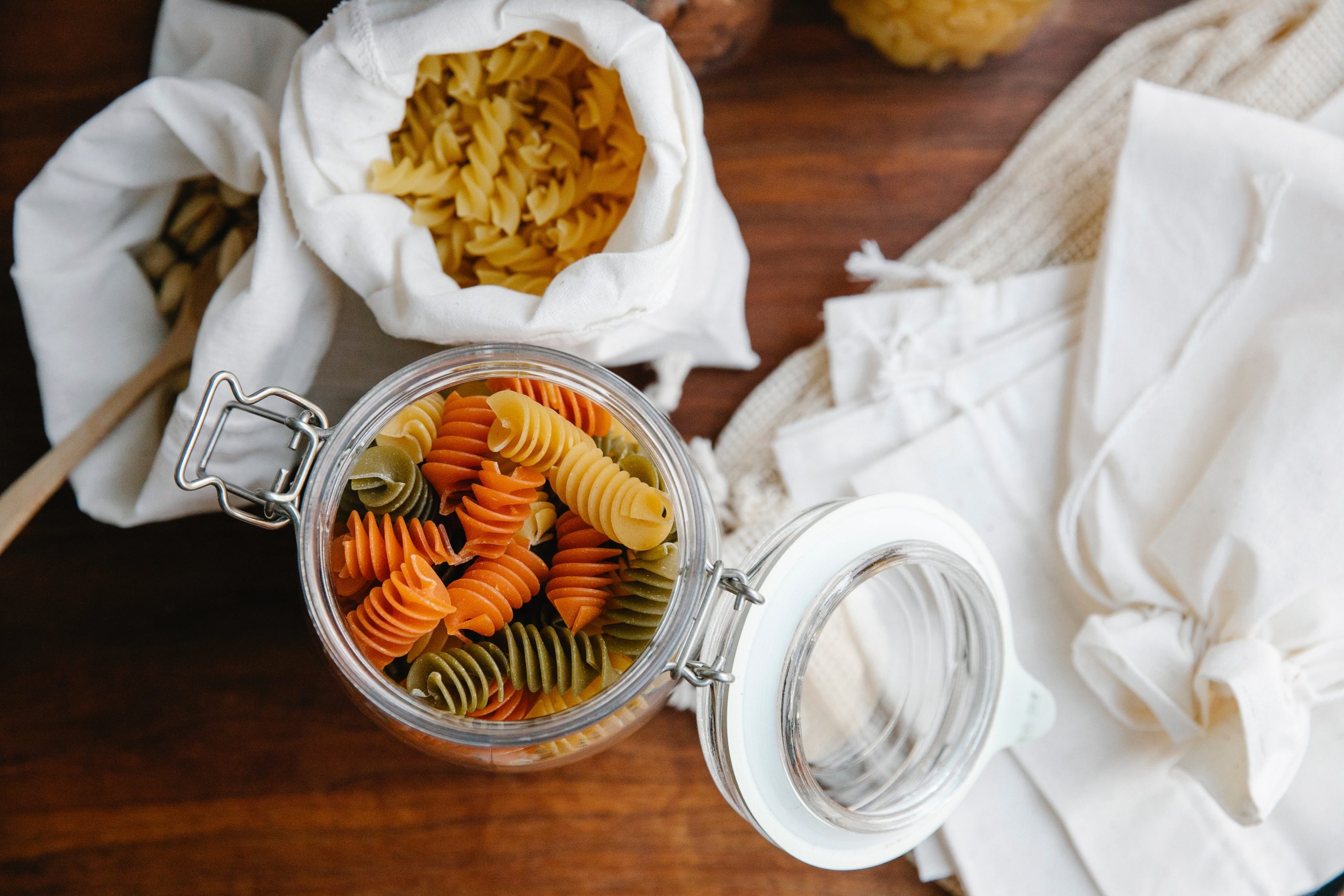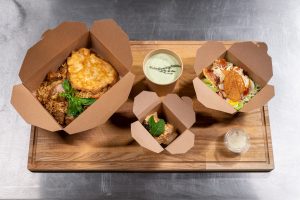Making and selling food is a classic and easy method to earn good money. After all, everyone needs to eat, so you’ll always have a demand to satisfy. With enough time and diligence, you can turn your small business into a booming one. But starting from the bottom is one of the biggest hurdles a novice entrepreneur faces. You need a budget not only for your food’s ingredients but also for its packaging.Â
Packaging serves a dual purpose: protecting the goods and marketing the brand. However, premium packages for food tend to be quite pricey for a small business owner. But you can still find and use high-quality materials to protect your food and advertise your growing company. Here are some examples of proper food packaging that won’t put a dent in your wallet:
-
Table of Contents
Paper Bags And Cardboard Boxes
Paper bags were an indispensable item in many food-related businesses and establishments. If you’re ordering takeout or bringing home a doggy bag, the server will most likely put your food in one. Paper bags used to be plain and boring, but nowadays, you can get custom food packaging with extra features like seals and easy-to-tear zips. You could even stamp or print your logo for personalisation. Â
Paper bags as food packaging work best if the food inside is dry. If you must insert moist or oily food in it, you’d better have a sturdy box. You’ll find many inexpensive food-grade cardboard boxes in various sizes and designs sold in bulk. You can also team up with a reputable manufacturer to customise your boxes with labels or stickers, change their colour, or include a window to make the contents visible. Â
Paper bags and cardboard boxes are lightweight and recyclable apart from being affordable. However, both can get wet, causing deformities, especially if unprotected from moisture like rain. On the aesthetic side, paper bags and boxes are less appealing unless you customise them.
-
Glass Jars And Bottles
Even before contemporary civilisation, people already used glass jars for food storage. Most modern glass-made packaging has metal lids or caps for better protection for the contents stored inside. Hence, they’re the perfect packaging for liquid-type of food like jams or small pieces of food like nuts. Glass jars are also excellent containers for larger solids such as cakes. Include a disposable wooden spoon with every order so customers can eat straight from the packaging.Â
Glass containers are much more impenetrable than paper bags, but they have the apparent risk of breaking if not handled properly. You’ll need extra cushioning for your food products if you have to ship them out. Another disadvantage to using glass jars or bottles is the shipping fee since they’re much heavier than paper or plastic.Â
Glass containers are still viable food packaging options. They’re see-through, so customers can see what’s inside before buying, their lids offer a layer of protection from the elements, and are resealable. Glass jars and bottles are also available to purchase wholesale and customisable to have your business’ logo.Â
-
Bamboo And Rice Husk Containers
If you find the paper too overused but still want food packaging that offers a similar feel, you can turn to bamboo or rice husk containers. Bamboo is considered more sustainable than paper products since they grow quickly and need less energy to nurture. Rice husks, on the other hand, are by-products of farming rice. They’re low-cost, renewable, and reusable. More importantly, both sources are biodegradable. Â
Containers made of bamboo or rice husks are practical choices for food packaging on a budget. Bamboo, in particular, is sturdy and heat resistant. You can use it as lunch boxes, serving bowls, or lids for glass containers. Rice husks are just as durable, and you’ll find various resealable food packages using this compound.Â
Sustainability in purchases is something that many customers look for nowadays. Thus, you’ll see people preferring to buy compostable over plastic packaging. To satisfy this need, you can use bamboo or rice husk packaging for your food products and not worry about damage or contamination.
-
Tin Cans
Big food corporations have been using tin cans for decades, so it’d make sense for a small business to try them out, too. Tin cans are more inexpensive than other metals. Manufacturers also trust them to keep perishable food inside fresh for longer than plastic or cardboard. Tins are recyclable, too, and don’t deform as quickly as other materials. Â
The downside is that the contents aren’t visible. You’ll need to label all your products as honestly as possible to attract potential customers. However, only the wrapping is customisable, making it hard to make one aesthetically pleasing.
-
Aluminium Canisters
If you’ve had several tea caddies, you’ll know how great they are as food packaging. Modern caddies are sleeker in design and are often made of aluminium. Aluminium canisters are the priciest budget-friendly food packaging on this list but offer excellent protection from air, moisture, and contaminants. They also effectively keep food fresh.Â
They’re usually thicker than tin cans and are much more customisable. Unlike tins, they’re resealable and reusable, making them great vessels in a Bring-Your-Own-Container store. However, they’re prone to corrosion if not already chemically treated. You also can’t use canisters for liquid-type food since they’re not leak-proof. Â
Conclusion
Packaging food doesn’t need to be expensive. You have several affordable and durable options that are also sustainable. If you’re looking for food packaging that doesn’t cost so much and harms the environment, try one of these choices and see which one works for you.

